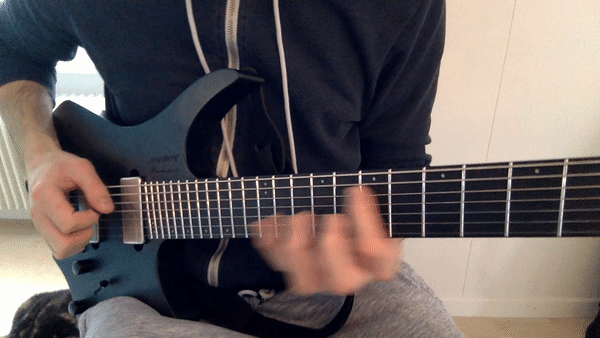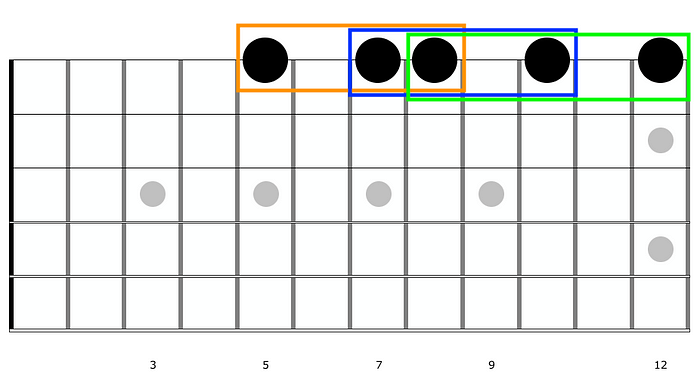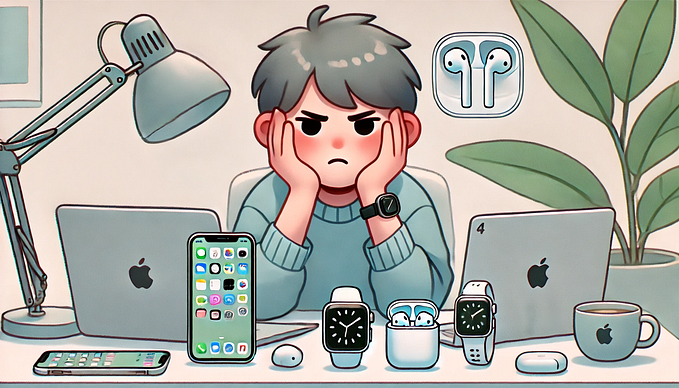Guitar Techniques

What guitar technique is shredding or “to shred”?
Guitarists call someone who can play very fast a “shredder.” That’s neither good nor bad. However, playing fast isn’t always great and beautiful. There are those who simply play fast, and then there are those who play amazingly fast. Often, fast solos, in addition to guitar techniques, also require certain knowledge of theory to keep it exciting.
Guitar techniques back then
By “back then,” we mean the 70s or 80s. Of course, there were already many guitarists then. However, the “fast” guitarists mainly played scales up and down.Of course not just scales, but I mean rather unexciting lines. The reason was, because the lines were rather unexciting, you had to play them very fast to at least bring something exciting back into it.
A look at Paul Gilbert’s “Technical Difficulties” probably sheds some light on this:

As you can clearly see, this ending isn’t really exciting. The pattern is also relatively easy to recognize. Because of this, it’s important to play this line as fast as possible to at least create some kind of wow effect.
This may all sound very dismissive, but that’s not at all the intention. I’m a big fan of shredding and techniques, etc. I just want to point out a few differences here.
The same applies to Jason Becker’s “Serrana.” Different technique, same effect.

Another example would be Eddie Van Halen’s “Eruption.”

Cleanliness
The good thing is, anyone can shred. Even without practicing it. It just doesn’t sound good, but it’s still fast. 😛
The bad thing is, it takes a really long time until it sounds very good.
A good example is this one (no discrimination. It’s already uploaded on Youtube with “Worst Guitar Solo Ever”).
The synchronization of the right and left hand doesn’t match, so there are many “ghost notes” that shouldn’t be there. The speed varies greatly and there are many audible open strings that have no business being there.
Another great example is this one:
Here we have, in addition to unclean sweeping, also an unfavorable distortion. You can neither hear the notes he’s playing nor does it have a rhythm that makes sense. If you slowed it down by 50%, you could only guess the notes he’s playing because many weren’t even played due to uncleanliness.
This kind of messy shredding is mainly heard from guitarists who have just started playing fast lines. I was exactly the same. When I listen to MP3s or videos from back then, it sends shivers down my spine. But you don’t know any better in that situation. You just think you’re playing fast and that’s it.
Guitar techniques of today
Today’s guitar techniques have changed a lot. You don’t just shred scales up and down anymore, and you try to avoid potentially predictable lines. That means, if a pattern is played a few times, you change it. This way, it always stays exciting.
Our hearing actually does a lot more than you think, without you even focusing on it.
By the way, it’s not bad at all if a lick is predictable. But there are certain genres of music, like Progressive Rock/Metal, where you try to do new things and write unpredictable riffs/licks/lines.
Hearing
As always in music, hearing plays a crucial role. Many will probably wonder now; what does hearing have to do with shredding? But that’s exactly the point. If you’re not yet at the point mentally, or as I said, with your hearing, to play fast, then your fingers won’t do what you want either. You have to start slowly, play many rhythms and patterns, many repetitions, and a lot with a metronome until it sounds really, really good.
This requires a lot of time and patience. Whether it’s worth it in the end is another question.
Approach to practicing
I used to have my 10-hour guitar days where I did nothing but shred scales up and down. Unfortunately, I didn’t know back then what the right approach actually was. I was pretty sure I could keep up with any speed and deliver well. Well, then came the recording studio. The CD recording was much more merciless than my own demands on myself. It really didn’t sound great.
So the solo I was supposed to record wasn’t practiced enough. Not even the techniques used in this solo were practiced well enough. So I knew I had to start over again and tried a new approach.
The trick is called the “Pomodoro Technique.”
What is the Pomodoro Technique?
As I understand it, there was a guy who was learning something (I think it was something with languages) and had a small kitchen timer (those things you turn and they ring after a few minutes) that looked like a tomato.
Imagine setting a timer for 2 minutes. And learn each technique for two minutes a day. After a few days, you’ll get faster and faster, and above all, cleaner.
It’s definitely not worth it to hammer through 5 hours of technique per day. It’s better to start with less, but do it right. Focus on each technique in the same way. Don’t watch Netflix, don’t think about the beach, and don’t talk to yourself while doing it.
After the 2 minutes, take a 1–2 minute break to relax your head and hand.
Techniques
I would start with the following techniques:
Alternate Picking

The main goal here is to play cleanly. At the beginning, you can set a goal like 60bpm. Now we have triplets, which doesn’t necessarily make it easier.
The point of the whole exercise is to get all your fingers equally good with just one exercise. For example, in the first bar the fingers 1, 3 and 4 (for frets 5, 7 and 8) are used, in the second bar fingers 1, 2 and 4 and in the third bar fingers 1, 2 and 4.
So we play through every combination that exists on the guitar once. These bars above the tabs mean downstrokes. So from top (lowest string) to bottom (highest string). The “V” the opposite, so upstrokes, from bottom to top.
These examples can be better seen on a fretboard:

Legato

The pattern here is exactly the same as with “Alternate Picking”. However, there are “P”s and “H”s everywhere above the notes and tabs. An H means “Hammer On” and the P stands for “Pull Off”.
The right hand doesn’t actually do much with this technique. Nevertheless, the right hand is important. Very important even. Either the right hand holds off the surrounding strings, in this case the “h” string. Since the left hand is about speed and not strength, it can quickly happen that another string is touched which can sound extremely loud with distorted sound.
Therefore, the second important task of the right hand is to cover the other strings with the palm of the hand. Actually, every string that is not currently being “hammered” or “pulled away” by the left hand is muted.
Sweep Picking
Sweep Picking or sweeping (whatever you want to call it) describes the technique of (you guessed it) “sweeping”. You actually wipe over the strings, you couldn’t explain it better.

Sweeping is usually a combination of sweeping and hammer-ons and pull-offs. In the example above, the first string is struck from above, then with a pull-off on the same string (normally you don’t play two notes on the same string twice). The most important thing about this technique is that the bottom string, in this case fret 7 on the G string, starts again with a downstroke.
I actually tried the other variant, where the last string is played with an upstroke and I can definitely advise against it. The reason is, you play the G string twice because you have to go back and skipping from the top is much harder than from the bottom.
Tapping
A very great technique; the tapping.

In the first variant we see the normal pattern, which is an A minor 7 arpeggio. The small “T” stands for the tone to be tapped. I recommend playing the tapping with the middle finger of the right hand. Many who practice tapping with their index finger and then realize on stage that they have to put the pick somewhere first before they can tap.
In the second example you see an Am7 arpeggio again, but this time the G string is played backwards and forwards again. This back and forth playing makes it possible to sound faster than it actually is. One reason could also be that the line does not continue logically, but is interrupted and changed by this small change.
Hybrid Picking
The technique that is probably most “in” at the moment is called Hybrid Picking. Here you play alternately or simultaneously with a pick and with your fingers.

In addition to fingerpicking and the pick, many hammer-ons and pull-offs are also played. Due to the often large distances between the notes (sonically, not necessarily visually), a greater speed is achieved than is actually played in truth. We already looked at this under Melodic Rhythms.
We start with a downstroke, then a hammer-on to the 6th fret on the same string. Fret number 5 on the next string we then play with the middle finger (the small “m” on the notes stands for middle finger). After that we repeat the first two notes, but then go to fret number 3 on the G string (we skip a string) and play this note with the ring finger (“a” stands for ring finger).
String Skipping
One of the probably most annoying techniques is string skipping. Annoying for this reason because despite the speed you have to play very accurately.

Paul Gilbert has always said that it is important to use the right down and upstrokes here. For example, the third note in the example above is played with a downstroke and the fourth note with an upstroke again. The reason is the cleanliness. The danger of playing the middle — to be skipped — string is much smaller.
Practice daily
Now we have looked at 5 techniques. You can play each technique for 2 minutes (or more or less) and repeat it daily. At first, these techniques will not work at all, but after a few days, these initially very difficult techniques will work better and better.
A listing of exercise“1" in PDF format for download can be found here.
The next exercises (2–3) can be downloaded here.










